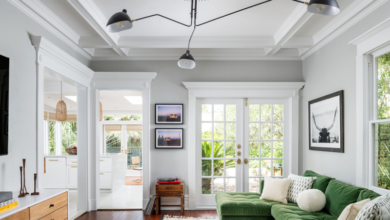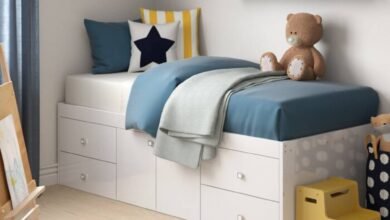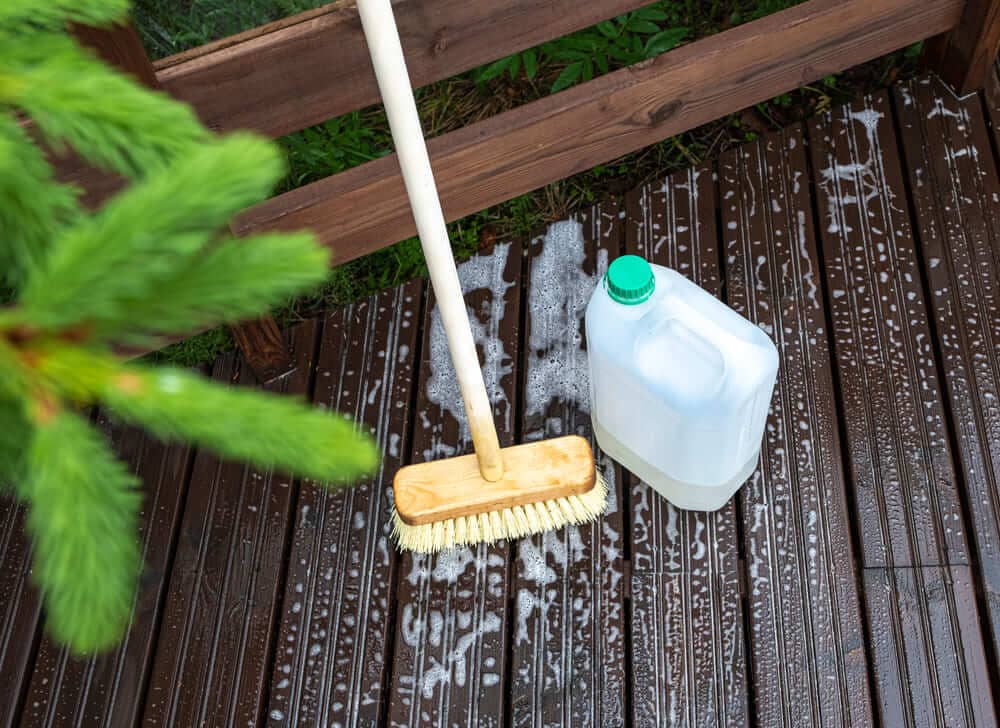
Is mold a problem with composite trolley?
Composite trolley get mold
Much has been said about composite trolleys in recent years, prompting many homeowners to purchase them. Composite trolley manufacturers claim that their boards are simple to maintain, clean, aesthetically beautiful, and weather and wind-resistant. Because of its advantages, homeowners who wish to install a patio deck material have no choice but to choose composite decking. However, with the benefits of wood flooring come drawbacks. Mold can grow on composite decking. If you’re thinking about putting wood composite decking outside, you might be wondering if it would mold.
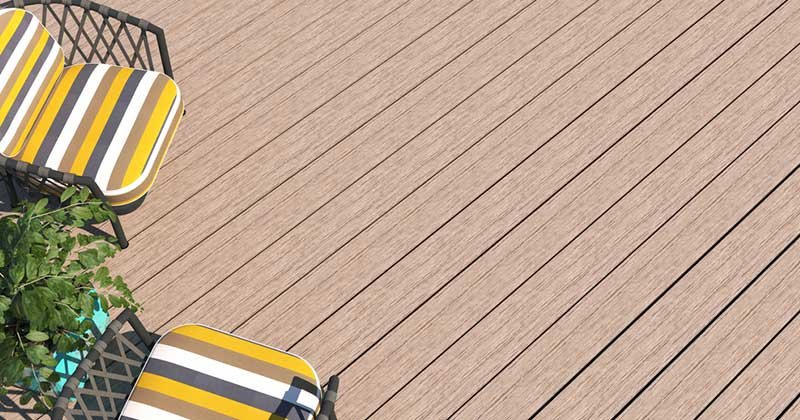
What is the definition of a composite trolley?
For use on an outdoor terrace, synthetic material is used. This is a succinct and straightforward definition of the komposittrall. The components used to manufacture a wood-plastic composite include wood flour and recycled PVC. Unlike wood, which requires chemical treatment, composite trawls do not require treatment. The boards are stronger and more durable than wooden decks, and they can tolerate more rain and wind than other tree varieties.
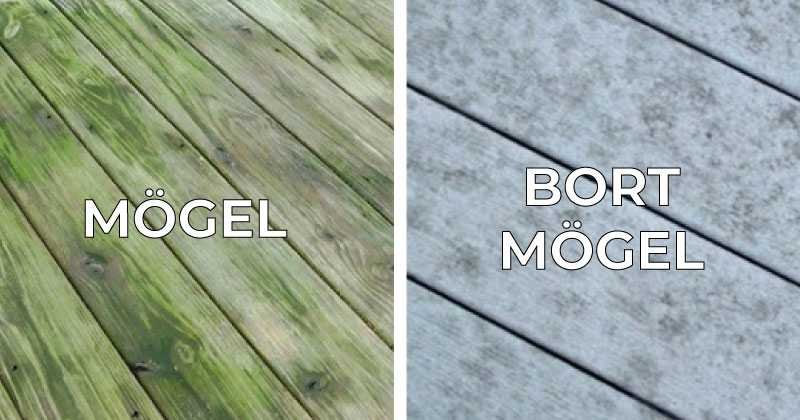
What exactly is mold?
Mold is a fungus, which is a plant without a root, blossom, or leaves. They come in a variety of patterns, including black, white, green, and yellow. On a wooden deck, mold can take on any shape and requires moisture to survive. They are essential in the breakdown of organic matter such as leaves, pollen, twigs, and trees. Mold will eat away at a wooden deck if it is left untreated, distorting its attractive appearance. Mold can also wreak havoc on the structure of your deck.
Is the composite trolley resistant to mold?
Composite trawl manufacturers have long claimed that their products are mold and algae-resistant. This is one of the reasons why people who have hardwood decks choose composite boards. Is a wood plastic floor, nevertheless, mold resistant? Yes, that is the answer to that question. However, it is dependent on the type of composite board you purchase. It’s worth noting that the maintenance-free composite trolley isn’t mold-proof. As a result, if you don’t mark your WPC deck, mold will attack it and damage the attractive surface structure.
Mold-resistant composite trolley
You will notice a difference between composite and wood when you build your maintenance-free wooden deck in the outdoors. Composite trolley boards have the advantage of being resistant to weather and wind, such as rain, heat, and harsh weather. Mold won’t attack composite trays in the same way it won’t harm the wood. Wood is a food source for mold, which is why it is attacked.
Mold is unable to eat plastic. Keep in mind that composite carts are made up of a combination of wood dust and plastic. Mold cannot access the wood component of the composite trawl boards because of the plastic coating. However, a lawsuit has recently been filed against composite trolley owners, claiming that mold destroys the majority of composite trolley boards. However, considering a composite trolley has a plastic coating, how is this possible?

Mold is not resistant to the composite trolley.
One disadvantage of composite trolleys is that they are not mold-resistant. This means that if you let your trädäck dry out, mold will attack it. When organic material like leaves or decaying pollen remains on the surface of your hardwood deck, mold feeds on it. If you let mold grow on the surface of your wooden deck, it will lose its resistance to mold and become vulnerable to infestation.
Mold will also affect composite decking because most wooden deck planks do not have caps. The extra protective layers that covered timber decks have are not present in the unencapsulated wood-plastic composite. Most composite trolley boards come in a variety of nested configurations. There’s a four-sided lid and a three-sided composite trolley. You should expect mold to assault your outdoor space if you install a roof without a roof.

How do you keep mold from growing on your wooden deck?
Installing four-sided composite boards on your wood deck is one approach to avoid mold growth. All four sides of four-sided nested composite trolley boards have a plastic finish. Moisture and fungi are kept out of the boards by this extra layer of plastic. The plastic cover will prevent mildew and algae from growing on wooden decks.
Three-sided boards with lids are produced by the majority of hardwood deck producers. This is a cost-cutting measure to minimize the cost of producing composite pallet boards. One side of a 3-sided coated composite pallet board is exposed to mold. As a result, it’s critical to use boards with four sides and all four sides wrapped in plastic.
Conclusion
If you don’t keep your composite decking clean, it will grow mold. Mold will damage composite trellis boards if they are installed without lids. Install composite boards with four sides to prevent mold from growing on your wooden deck.



